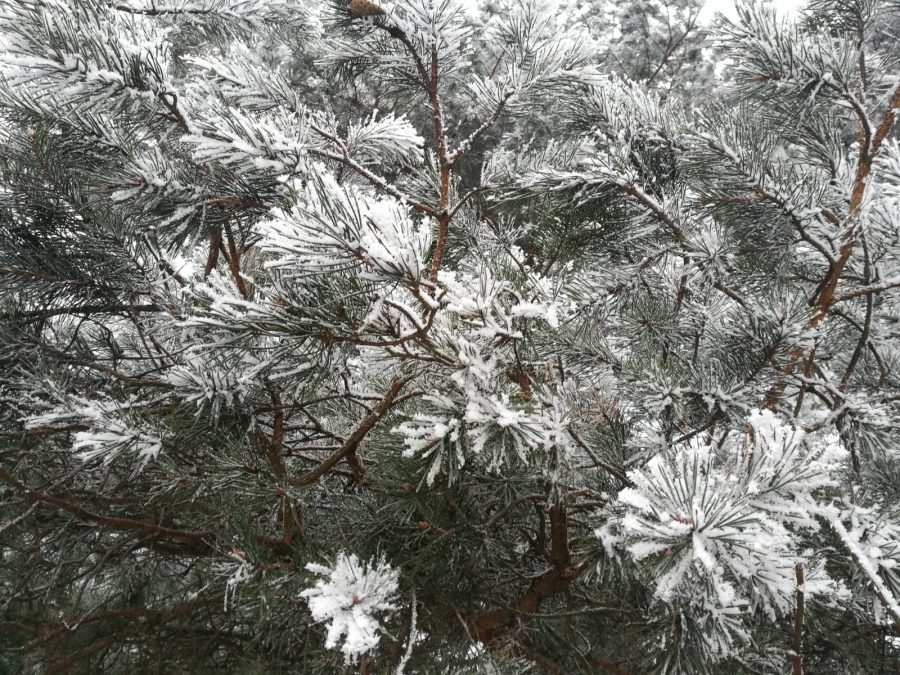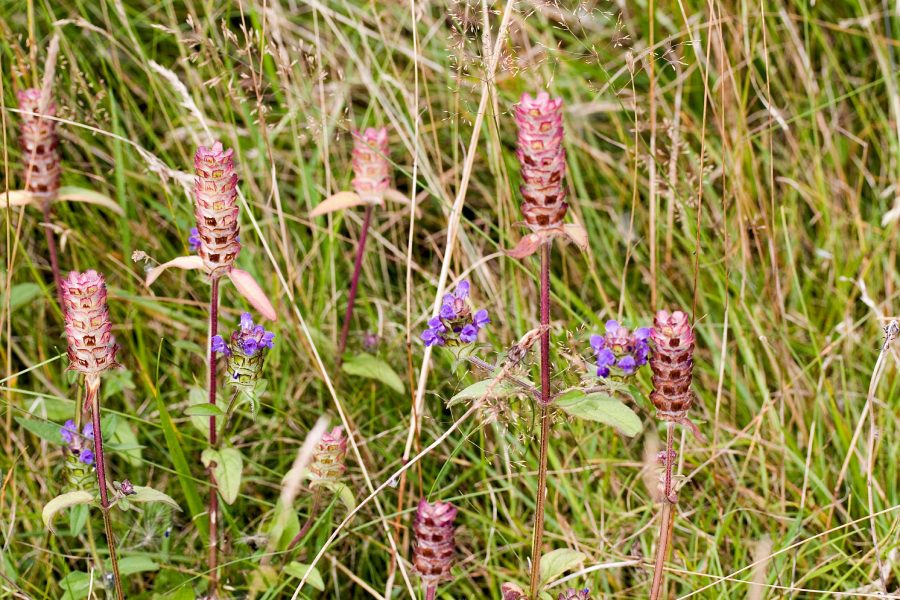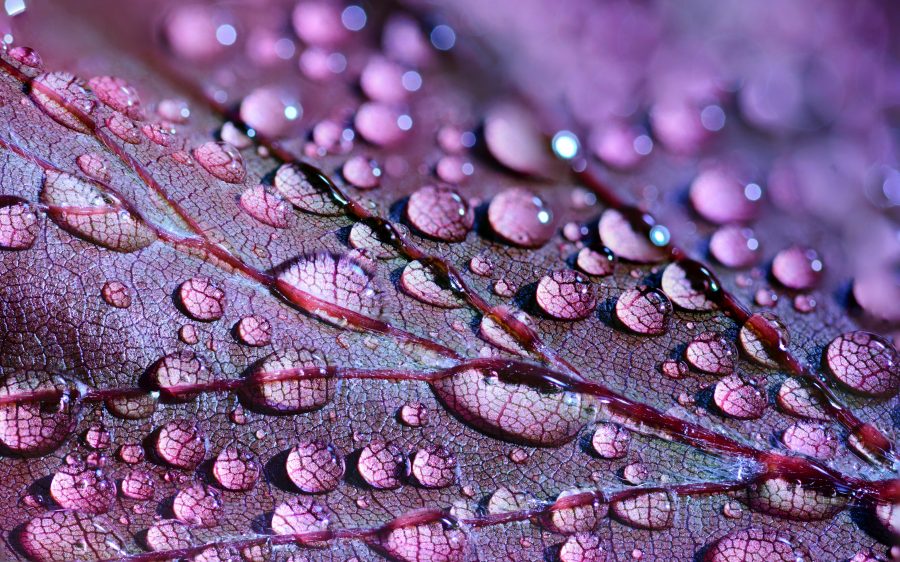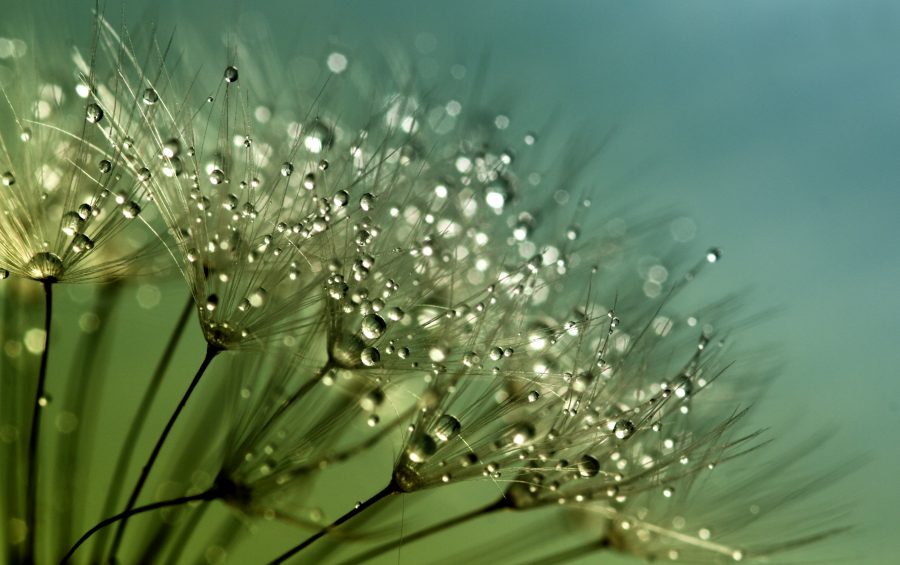Pancreatic beta cells (also referred to as ß-cells) are cells found in pancreatic islets that produce insulin and amylin, hormones responsible for not just metabolism of food and nourishment, but a huge variety of biochemical processess going on in human bodies. They are absolutely essential to life and protecting them has a huge impact on your quality of life. Whether you are struggling with diabetes or any ailment that affects pancreatic beta cells, the following article may be beneficial for helping you find herbs capable of stimulating beta cell repair and pancreatic protection.

Pancreatitis is one of the deadliest conditions, not only because it’s so difficult to diagnose from biochemical serum markers that are often misleading, but also due to the fact that inflammation from the pancreas can radiate to other organs, so symptoms of this conditions can be felt differently than what’s medically known and may lead to wrong diagnosis.

Zedoary, commonly known as white turmeric, has been a staple in treating fungal conditions, especially resistant mycoses. It’s not just a wonderful healing herb, but it’s also used for culinary purposes and perfumery as the starches that comprise zedoary are readily digested and its essential oil gives off a powerful fragrance. It’s often used for treating gastrointestinal disorders – spasms, indigestion, flatulence, hyperacidity, ulcers, lack of appetite. Zedoary also finds application in treating colds, asthma, coughs, skin disorders, urinary tract infections, ulcers, hyperacidity. It seems to be a good source of hydration for the skin. Zedoary regulates body temperature. It protects you from cancer, hypercholesterolemia and lipid disorders. It is said to purify blood and strengthen uterine muscles. Its external use is perfect for treating wounds.

Self-heal is a very versatile and safe herb that definitely deserves your attention. It’s one of the staples of traditional Chinese medicine and for a good reason. However, it doesn’t predominantly grow in Asia, chances are you could encounter this herb in Europe and North America as well. The flower spikes are mainly used to treat a variety of conditions in folk medicine.


Punarnava (Boerhavia diffusa is one of the wonders of Ayuverdic medicine. It is often associated with its rasayan (longevity promoting) properties. However, this herb is not just a staple of Indian medicine. Chances are you could find it in the Americas, Africa and some other countries of Asia. This plant displays shows a lot of promise as its properties are not yet fully researched. Root of this plant is the most commonly used part of the plant, however leaves, stems and seeds are also medicinal, but most likely not readily purchasable. Leaves of punarnava have been shown to possess potent antidiabetic effects, decreasing blood sugar and activity of hepatic gluconeogenic enzymes, potentially regenerating ß-cells of pancreas and providing overall support. They are also known to be fairly good antioxidants (increasing levels of SOD, GSH, CAT and GPx).


